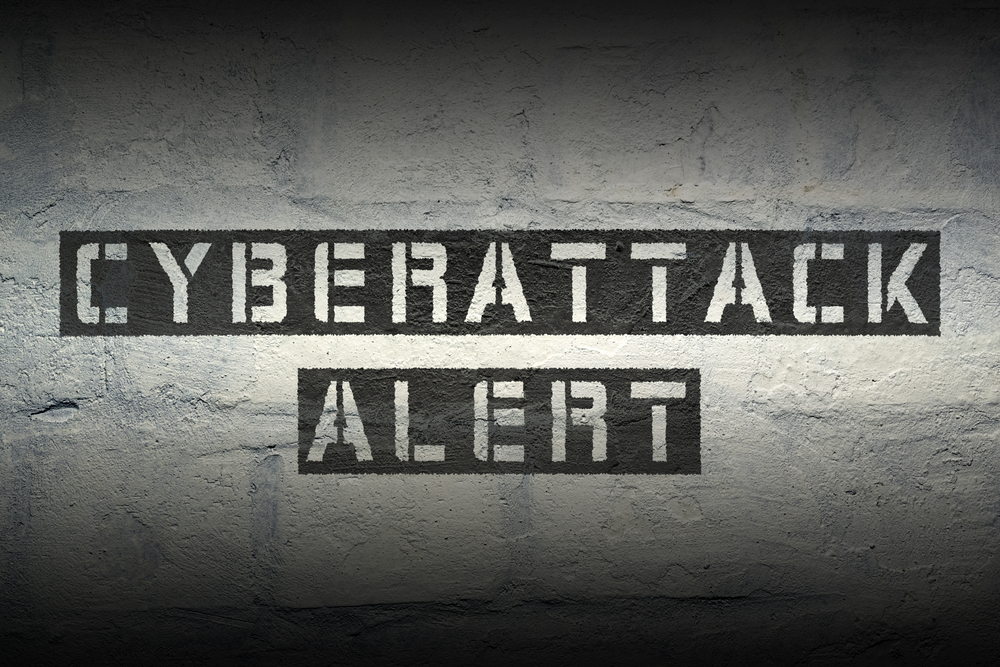A lot of exciting reports come out during this time of the year, even though the news is not always positive. The latest cyber attack report shows how the number of attacks against the healthcare industry has increased by 63% in 2016–a troublesome finding which may only grow worse as time progresses.
Healthcare Sector Remains A Problem
Multiple reasons can be called out as to why the healthcare sector is so prone to cyber attacks right now. First of all, there is the lack of embracing new technologies to improve overall security. This is mostly due to a shortage of budget, as well as not having the right IT staff to properly secure the entire network.
Secondly, there is human error. Hospital staffers have a habit of clicking attachments in emails as long as they appear to be from a genuine sender. This allows for malware and ransomware infections, as well as other malicious software to be installed on healthcare systems. All of this has attributed to an overall increase in cyber attacks against the healthcare sector, and things are not likely to improve anytime soon.
Researchers at Trapx Labs discovered the 63% increase in attacks between January 1st and December 12th of 2016. The largest attacks revolve around the theft of patient records, including 3.6 million records stolen from Banner Health, and 3.4 million patient details leaked by Newkirk products. Patient record databases can fetch a decent price on the deep web these days, as long as they contain full information.
What is intriguing to note is how the overall number of patient records getting leaked dropped to just over 12 million. While this number is still far too high to be deemed even remotely acceptable, it shows that fewer records are obtained during individual healthcare attacks. Moreover, it seems to indicate that individual files are a less favorable commodity among crime gangs.
Medical device hijacking remains the number one worrisome trend throughout 2016, though. A lot of medical devices are connected to the Internet, for some reason, making them prone to attacks from hackers looking to gain remote system access. Medical devices also contain back doors, which can be accessed through targeted phishing campaigns, malware attacks, and ransomware distribution.
To put this latter aspect into perspective, the healthcare industry is responsible for nearly nine in ten discoveries of new malware in 2016. This is a trend that cannot be ignored. Unfortunately, addressing this problem is not easy, as the healthcare sector cannot afford downtime due to cyber attacks. In most cases, they will end up paying a ransom to make sure that their systems are left alone.
If you liked this article, follow us on Twitter @themerklenews and make sure to subscribe to our newsletter to receive the latest bitcoin, cryptocurrency, and technology news.

